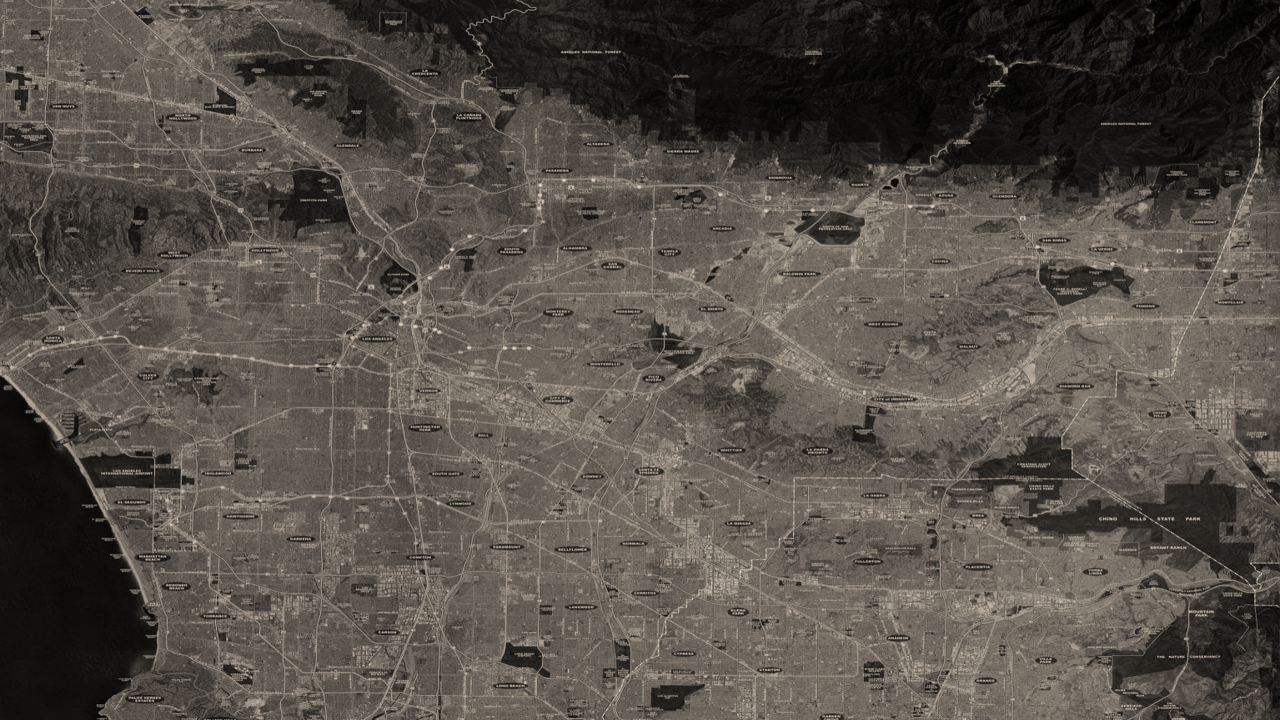
Service Markets
Microgrid EV Charging Station Model for Electrification
Microgrid EV DCFC station application by location and building types for energy independence,
energy savings, revenue generation, ESG compliance

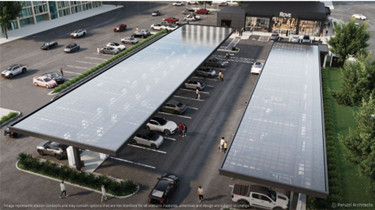
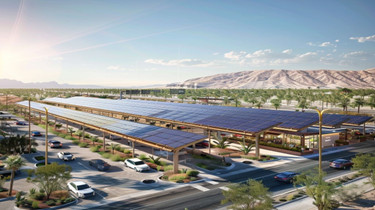
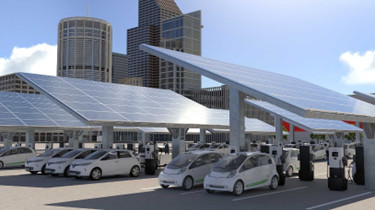
Fleet Model
Scalable sizes from 10 to 50 super DCFCs with power over 300 KW, solar array, and BESS
Tailored, scalable solutions designed for both long-haul and last-mile delivery needs
Provide high-powered, fast-charging infrastructure that minimizes downtime, ensuring trucks are ready to roll quickly
Ownership type varies (CAPEX, OPEX, EaaS)
Suitable for fleet and highway and freeway on the go for heavy trucks
Microgrid Urban Model
30-minute lifestyle charging, buying, and eating solutions
Scalable sizes from 10 to 30 DCFCs with solar array and BESS
MSA with a population of over 250,000
Ownership type varies (CAPEX, OPEX, Eaas)
Suitable for the urban destination center and inner city on-the-go visitors
Microgrid On the Go Model
30-minute lifestyle charging, resting, and eating solutions to serve road travelers
Scalable sizes from 10 to 100 DFCs with solar array, and BESS
Ownership type varies (CAPEX, OPEX,
EaaS)
Suitable for highway and freeway locations
Microgrid Enterprise Model
Enterprises for ESG compliance, energy saving, energy independence, revenue generation, and customer
service & employee benefits
Over 20 DCFCs
Ownership type varies (CAPEX, OPEX, EaaS)
Suitable for industrial buildings, government and education buildings, and factories.
Building Model for Decarbonization
Generates revenue through charging, energy sales, and various regulatory incentives while enhancing property value. Attracts more customers and foot traffic. Bolsters ESG compliance fosters energy autonomy and reduces carbon emissions.
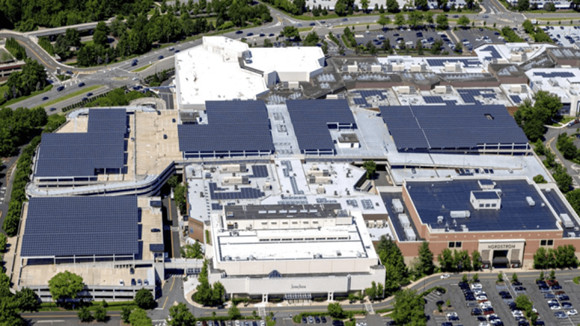
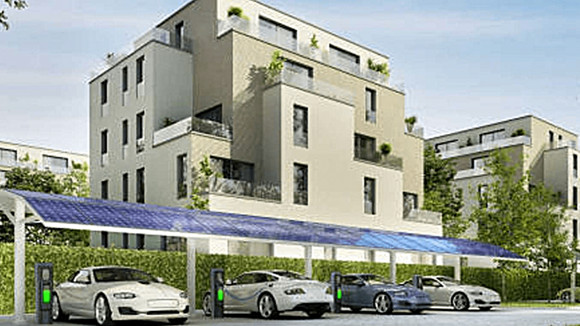
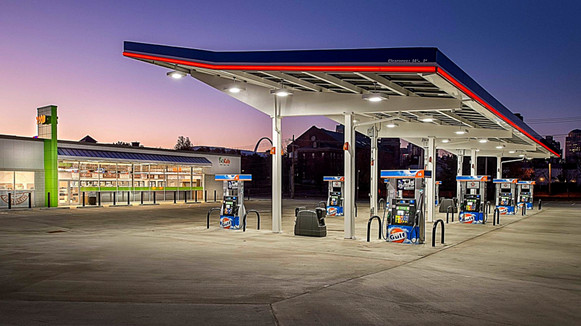
Retail Center & Shopping Mall
Large retail properties benefit from multiple revenue streams, ESG compliance, and energy independence. They also attract more customers with convenient EV charging and boost their brand reputation by committing to innovation and sustainability.
Multi-Unit Apartments
It’s a win-win situation. Microgrids reduce operating costs, create revenue streams (net metering, feed-in tariffs, EV charging), enhance property value, and attract tenants for landlords. Tenants can lower utility bills and enjoy energy resilience.
Gas Stations & EV Charging Stations
Microgrids create demand response opportunities during power cost increases and can generate revenue by selling excess energy to utilities. Repurposing a microgrid-based EV charging ‘rest station’ into a 30-minute lifestyle is a great option.
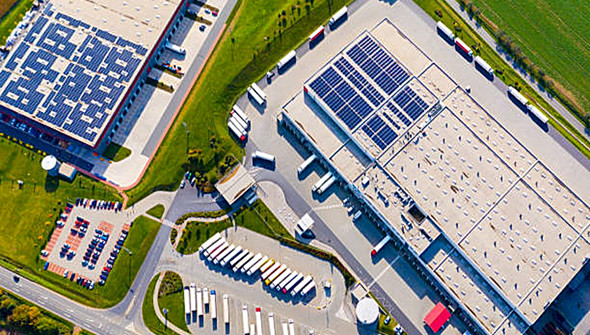
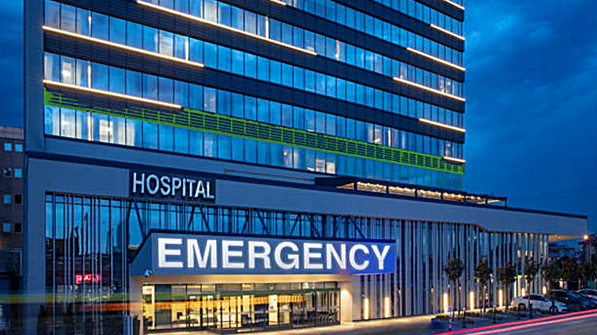
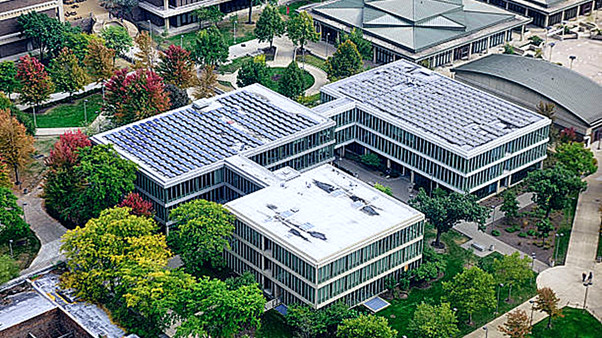
Manufacturing Facility & Warehouses
Power failure is financially critical to manufacturers, food processors, and data centers. One hour of power failure in a manufacturing facility could result in a $5 million loss.
Hospital & Medical Facility
Microgrids prevent loss of life resulting from power failure. Microgrids shave energy peaks and can lower demand charges of hospitals, the heaviest energy users of all types of buildings.
Colleges & Government Buildings
Colleges are early adopters of CHP microgrids, which generate two energy sources: electricity and steam. Converting the physical power system with a large footprint to microgrids benefits additional land space for campus expansion.
